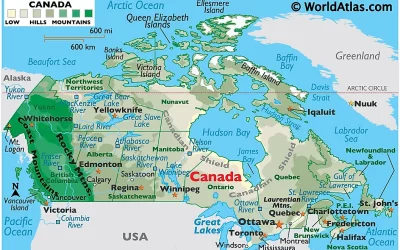Pros and Cons of Microneedling: A Comprehensive Guide
Introduction: Microneedling has gained significant popularity in the world of skincare due to its potential benefits in promoting skin rejuvenation. This minimally invasive procedure involves using a device with tiny needles to create controlled micro-injuries on the...

